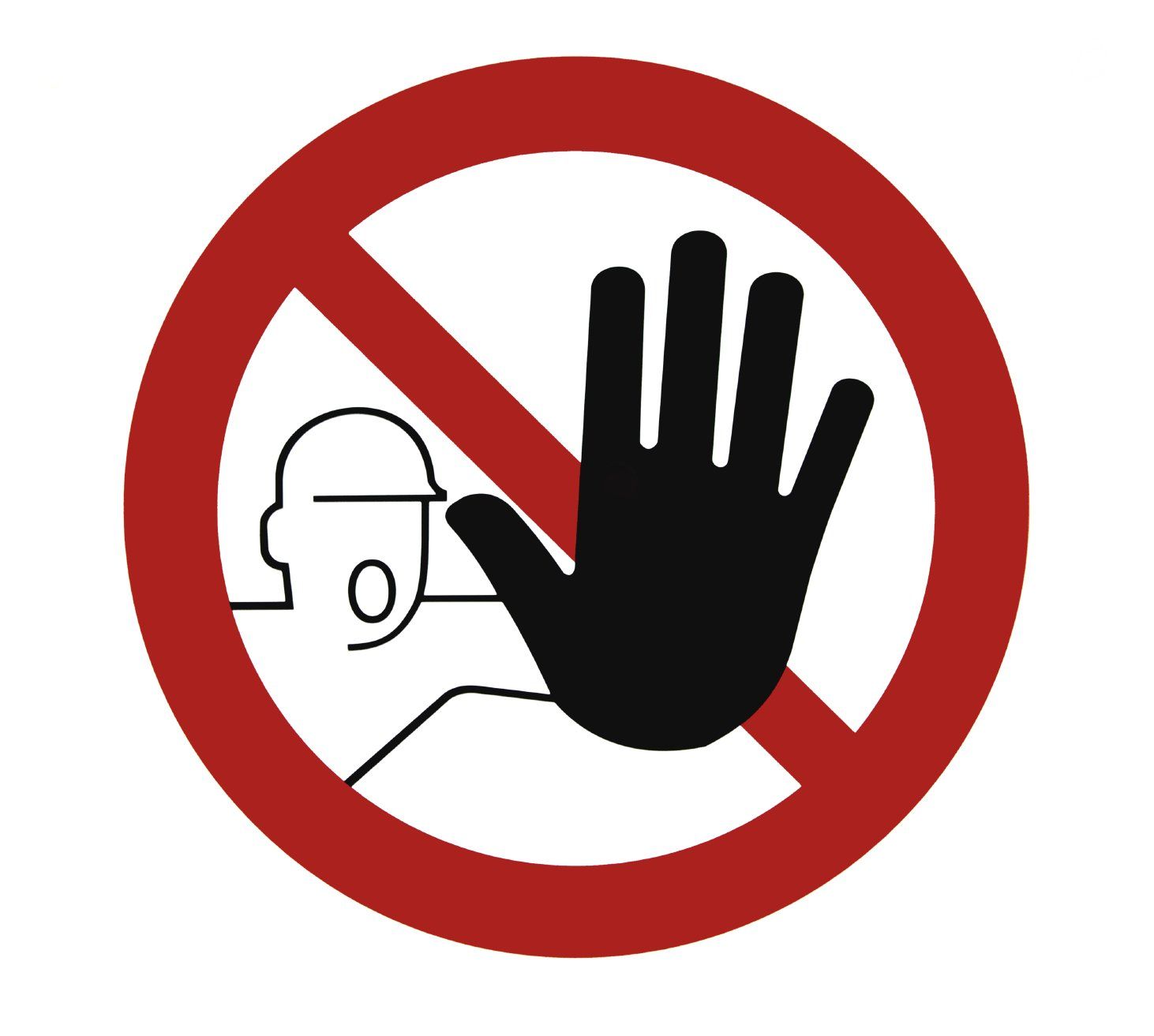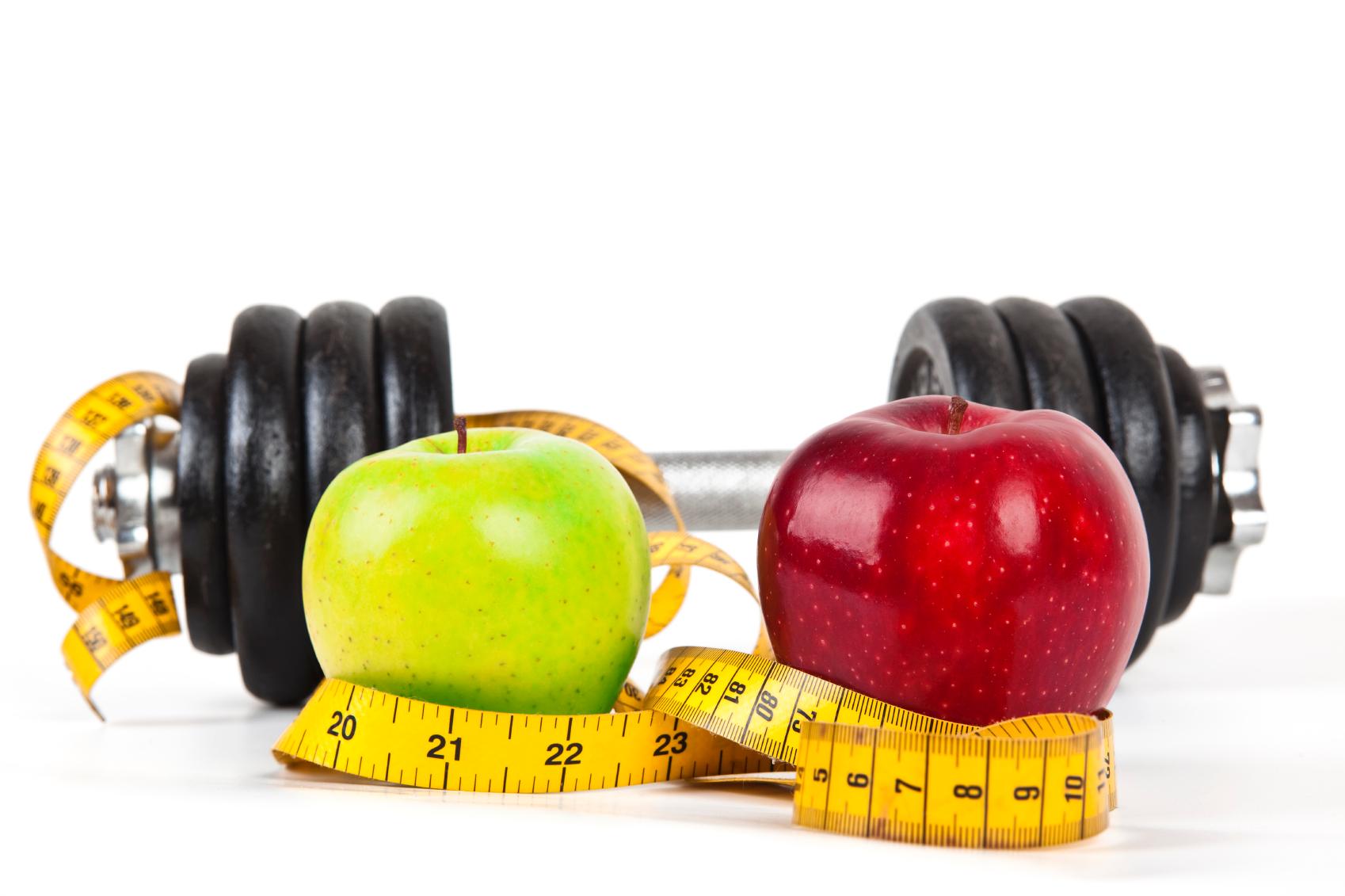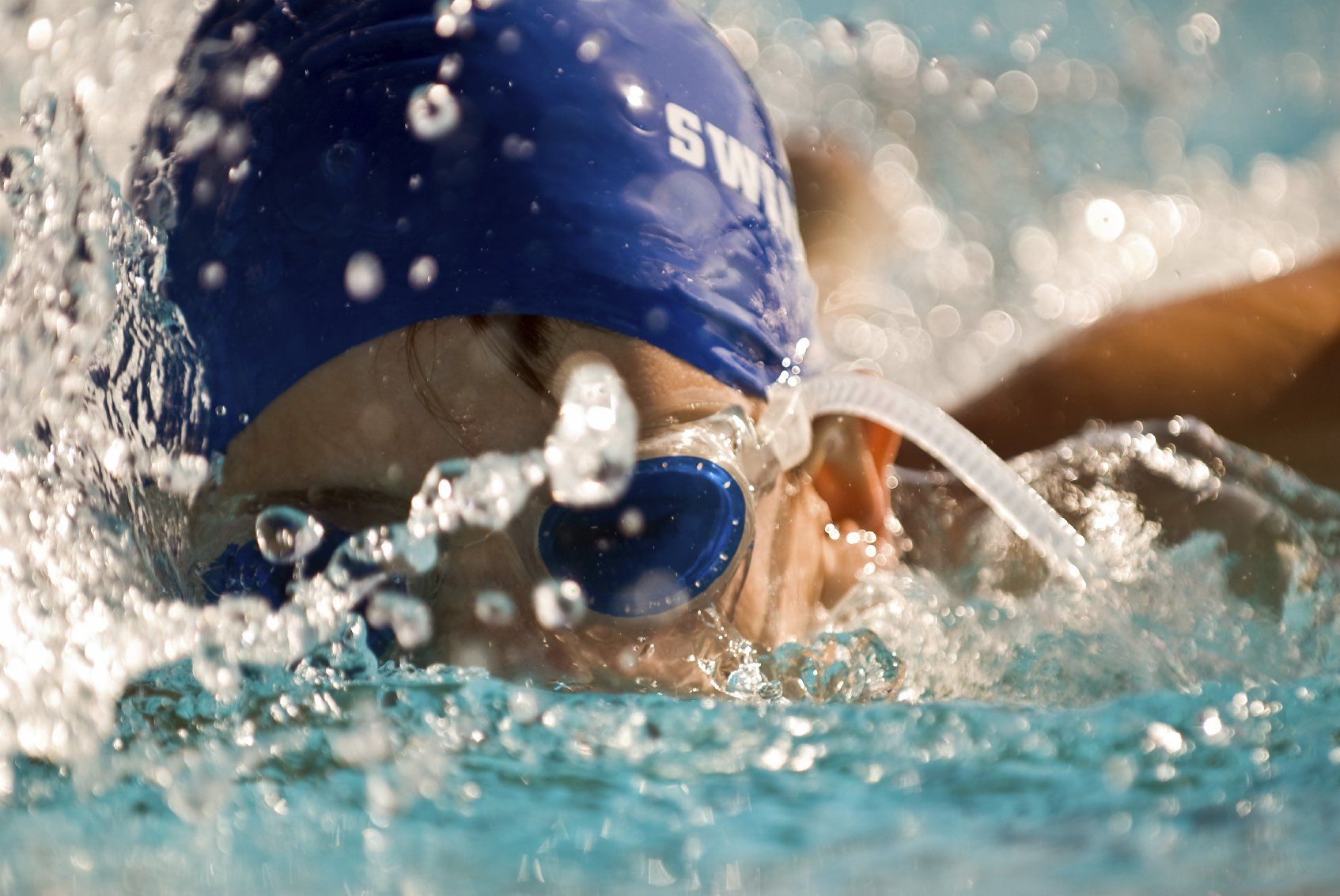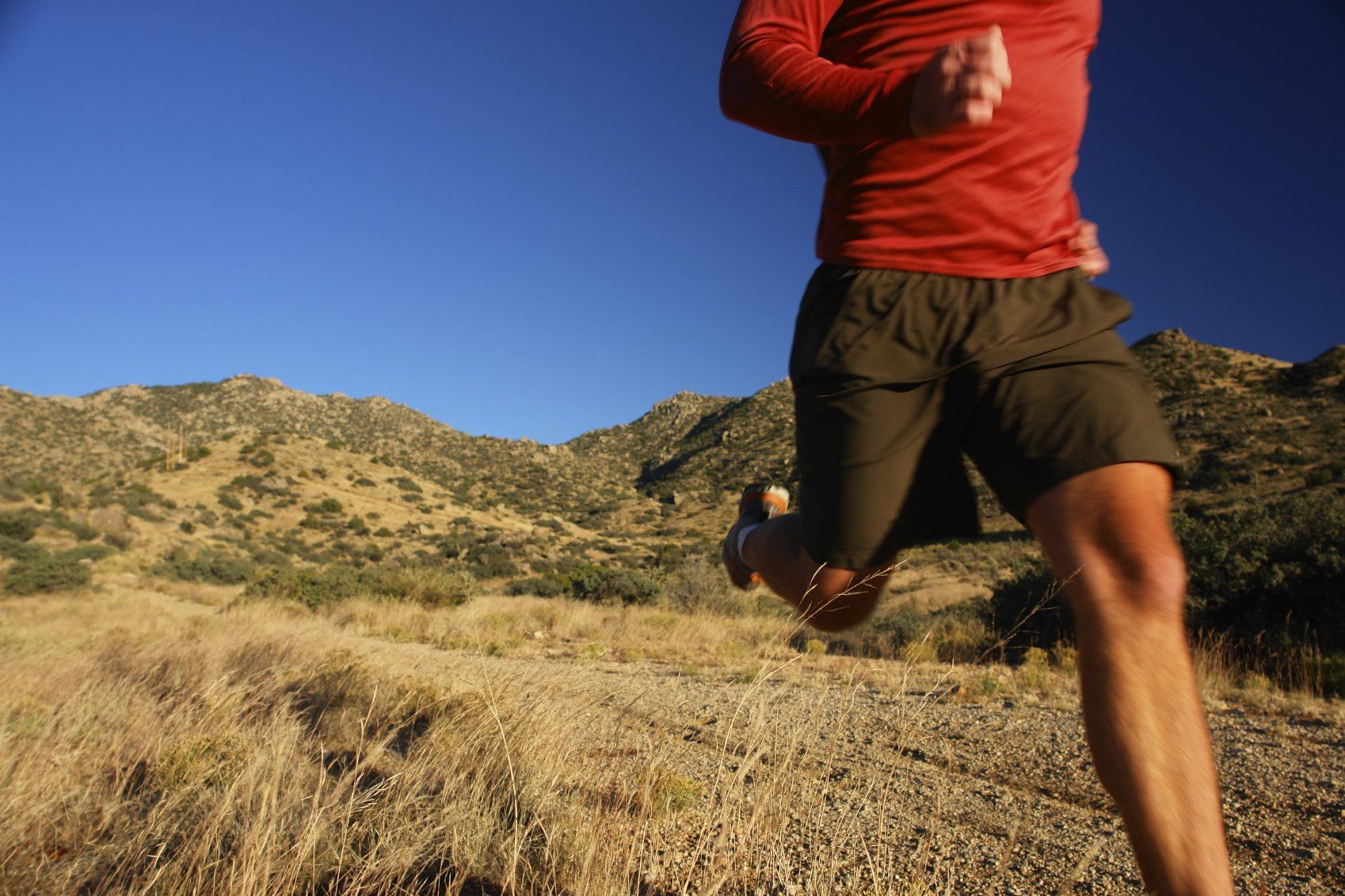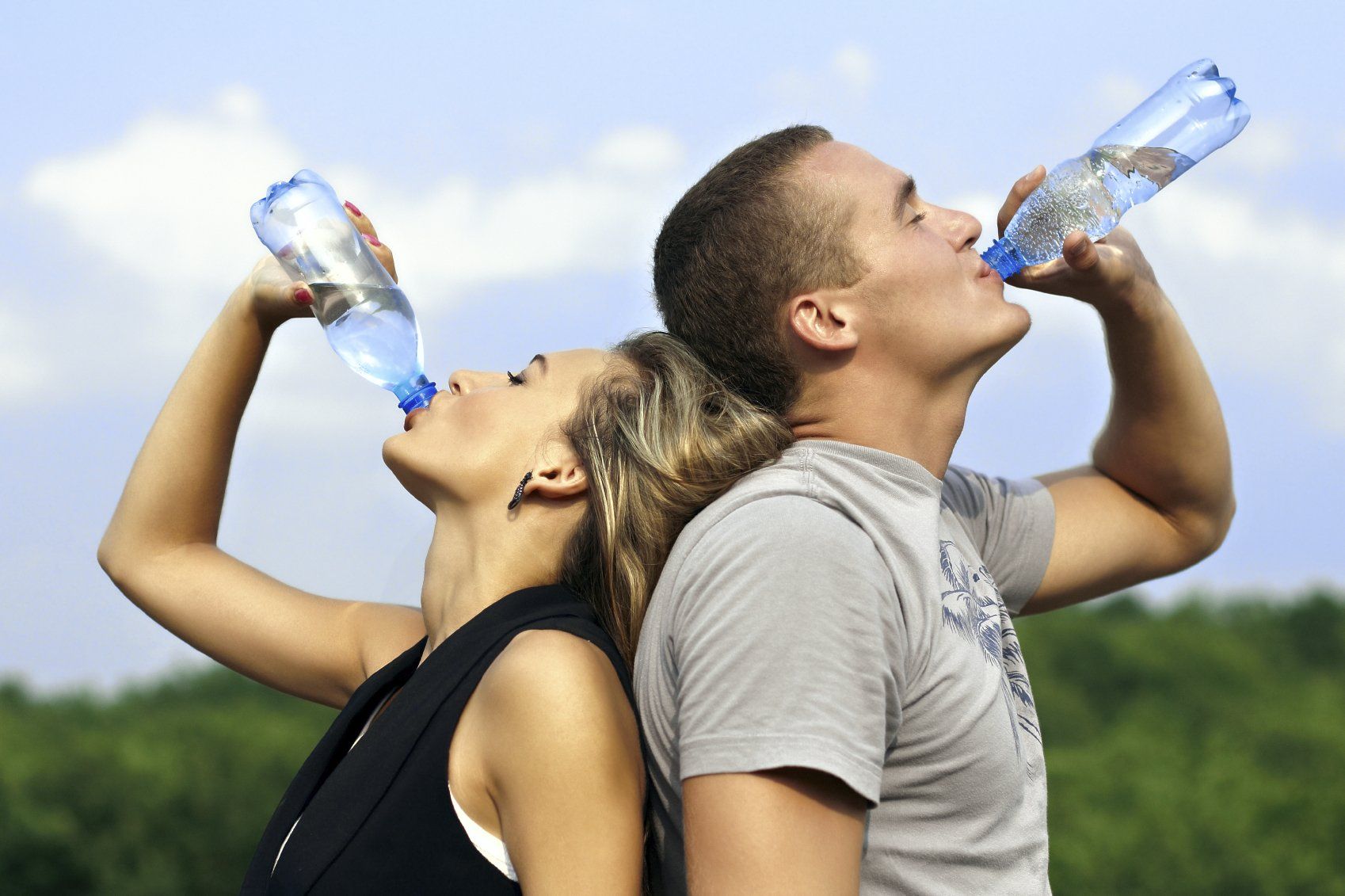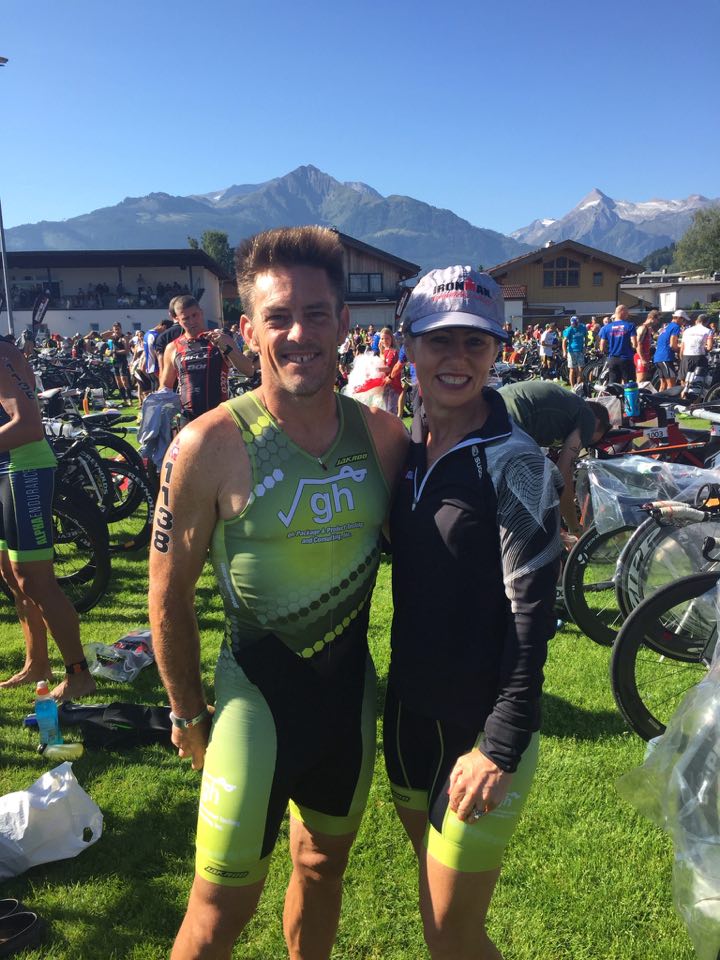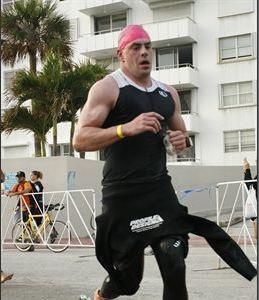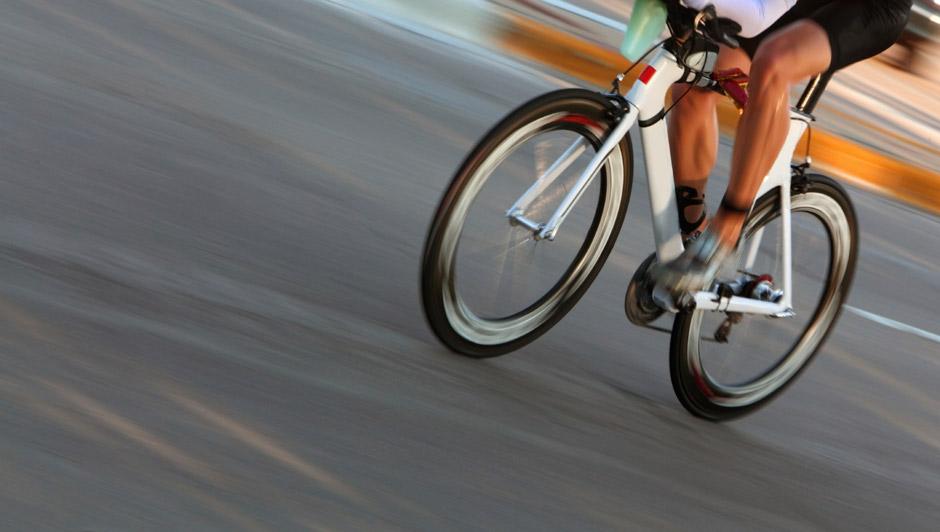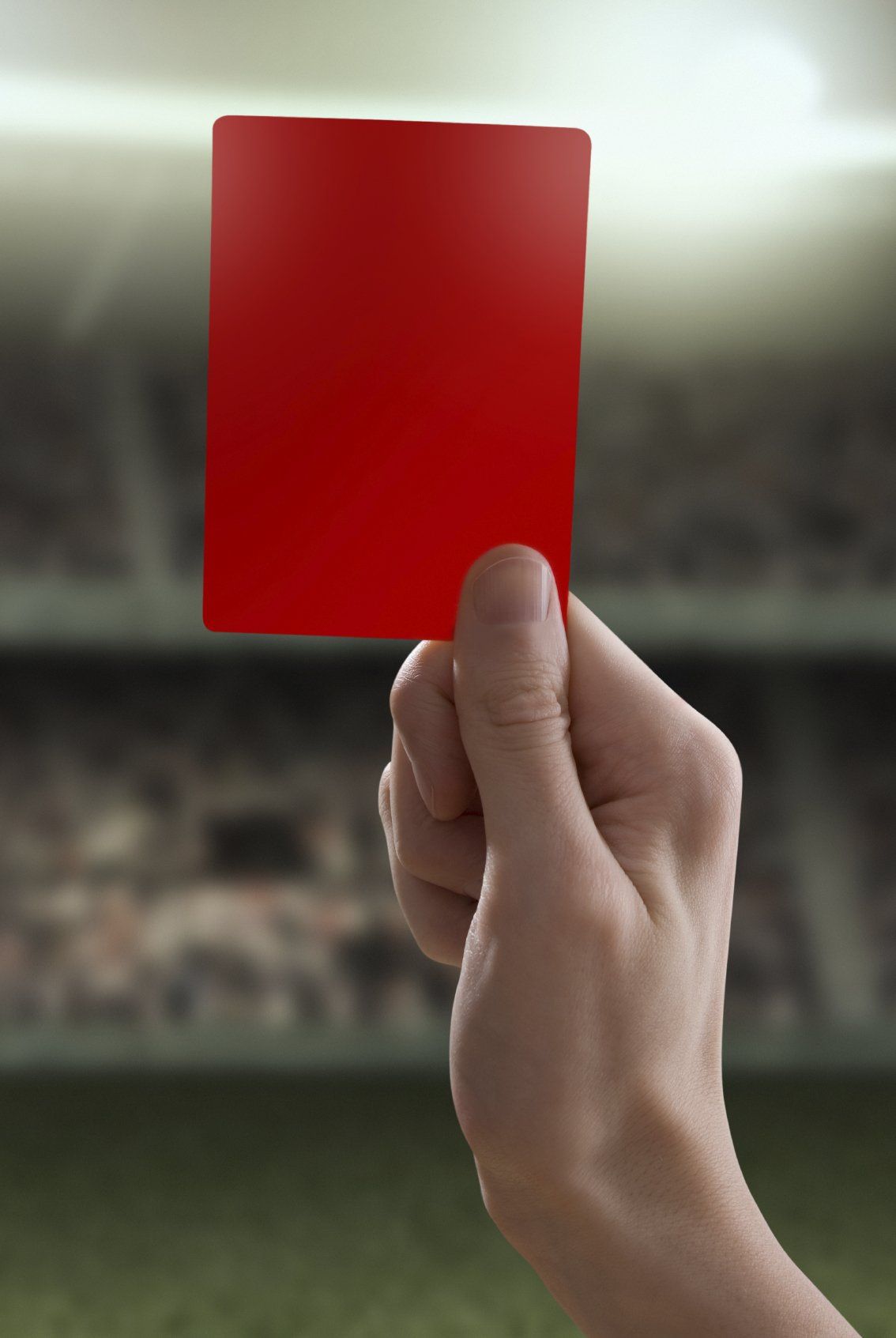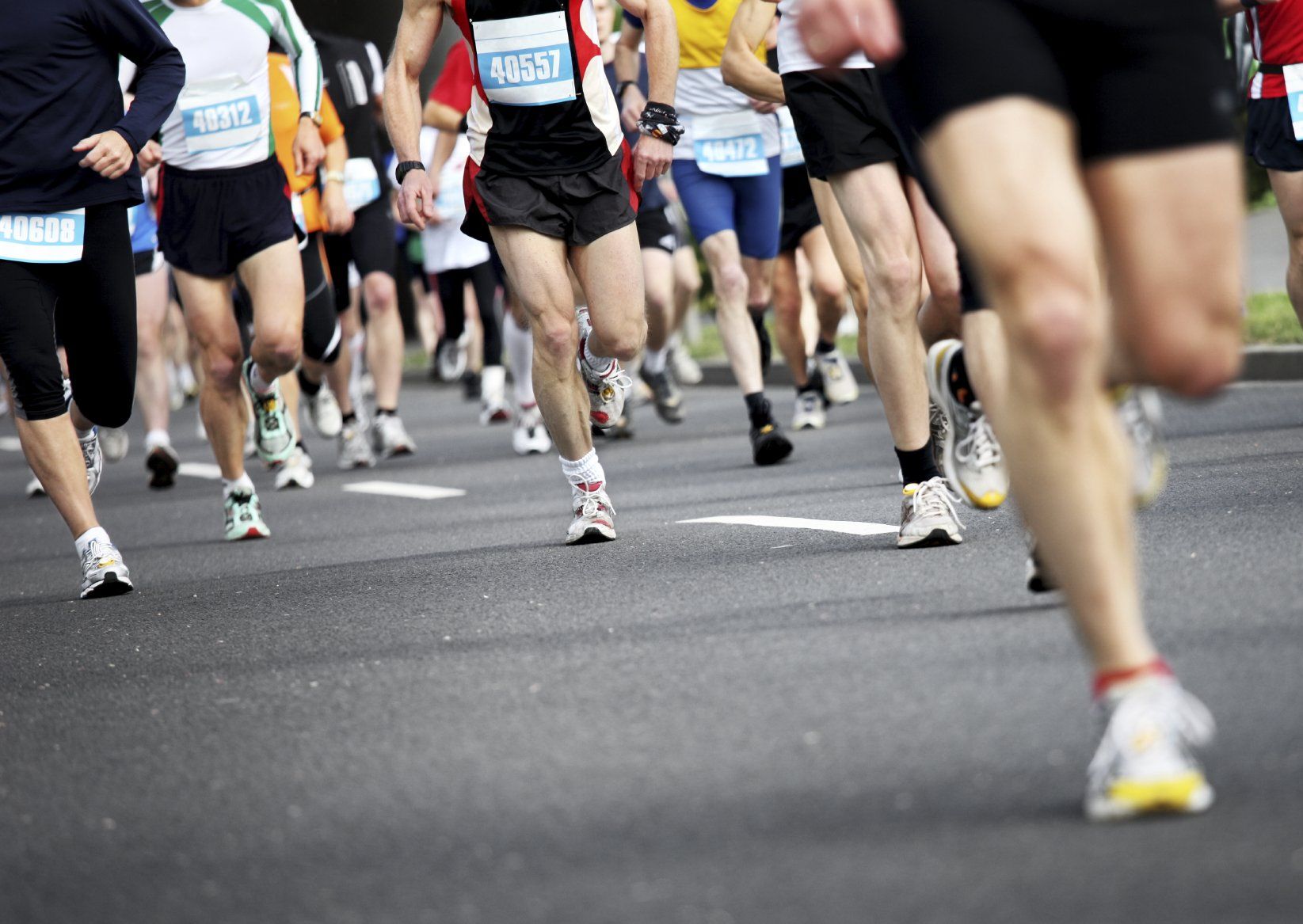Your First Triathlon
Your First Triathlon

The Bike:
Mechanical issues seem to always pop up right before the race. A week or two prior to your race is a good time to see your local bike mechanic and get a tune up. Be sure to test ride your bike before packing it up for the race. I often encourage my athletes to learn to do basic bike maintenance themselves it seems the more you know about your bike the better if a mechanical mishap were to happen on course. You also want to switch
your bike over to race mode. For me this often mean removing the extra bottle cage holders from the frame of the bike and swapping over my race wheels, tires and latex tubes and packing my butyl race spare, CO2 and flat repair kit on the bike along with selecting my proper cassette for the terrain and putting on my race chain with quick link along with applying chain lube/wax of choice.
The two bottle cages I find are most aerodynamic are between the arms and behind the saddle (shown to the left).
Repair Kit Storage:
I store my tire repair kit stuffed under the saddle (tire levers, CO2, CO2 adapter, 1 Butyl Tube with Longest Valve extension needed). Shown to the left
The Run:
Biggest thing here is to not do too much. Trying out fresh and tapered legs is a mistake and as run workouts approach race day they actually negatively impact race performance. I often program runs to keep the neuromuscular system upregulated and quickly shut my athletes down in race week.
Nutrition:
Race Week
There is no magic here. Yes athletes have been successful in carbohydrate depletion and
supercompensation regimes but this is not something you just tryout and race week. NOTHING NEW ON RACE DAY which can be extended to NOTHING NEW ON RACE WEEK. You may be traveling so be cognizant of food choices a couple days leading into the race. Should lightly salt all meals and make low fiber high carbohydrate selections from foods you normally eat. Do not over drink, you do not want to risk hyponatremia by flushing out all of your electrolytes thinking you are somehow going to become a camel and stockpile gallons of water for the race. Just drink to thirst and no more.
Race Morning
Nutrition:
An early wakeup call is in order. On race morning try to eat a meal 2-3 hrs prior to the race and top off the tank 10 minutes prior to the start with something that is easily digestible with an optimal osmolality ie Infinit Nutrition use “IREPINFINIT” for a discount at checkout. In particular, avoid the 30-60 min window prior to the event to take on calories. This can cause an unfavorable insulin response which leaves you lethargic at the race start. Good practice to have a bottle with you through the swim start I often find that having something to sip on that you can quickly discard has been preferred.
Transition Set Up:
You may have had to drop your bike off the night before. First thing I do is focus on the bike if something occurred while in transition we want to be able to have as much time as possible to resolve the issue. Check tire pressure and adjust for race day conditions. Usually dropping a few PSI for slick conditions is beneficial but stay within manufactures recommendations for your weight. Pull bike off the rack and run it through all the gears in the big and the small ring. Set the bike in your starting gear. If you race allows and you are going to be lock your shoes into the pedals you may want to rubber band them in the up position with enough tension that the rubber bands will break upon pedaling.
Re-rack your bike by the seat on the side where your race number is if indicated. Lay a towel down on the side of the rack where your front wheel is. Often you are right next to your front wheel under the wheel that is up of the bike in the opposing position on the other side. I always place my helmet on my handlebars with my Oakley sunglasses inside them. This way you can place them on and be strapped first thing to avoid a penalty and before you start bending down to stay efficient. If your cycling shoes are not on your pedals place them on the towel. Get your filled Infinit Nutrition bottles (use “IREPINFINIT” for a discount at checkout) on the bike and stow gel flask in bento box if needed. Depending on race rules you may need to wear a race number on the bike. If so attach it to your race belt and crumple it up so that it will lay flat and not flap in the wind while riding. I even put a strip of double sided tape on the backside to assist with this. Layout run gear. I put a sock unrolled the proper way in each shoe. Hat and race belt are to the side I can start running while putting those on and make my way out of transition. If using a fuel belt you will need to grab that as well.
Race-Time
Be sure to check the time of the swim start and your wave start time. If at all possible participate in the practice swim to warm up. You will want to don your wetsuit. Give yourself a solid 10 minutes to get this done. You will most likely have your trikit on Heartrate monitor on underneath this. (Cold races at full IRONMAN races with change tents I may have athletes swim in a swimsuit fully dry before putting on trisuit). Apply your lubricant of choice and any chamois cream to your areas of friction and shoulders / legs and neck. This is where those grocery store shopping bags come into play. Place your foot into the grocery bag and then slide that leg into the trisuit. This will allow you to quickly slide in. Repeat process for both legs and arms. Now spend a few minutes fully pulling it up high into the crotch and axillary region of the armpit. You should feel no restrictions when circumducting the arm in a mock swim stroke. Get the zipper up if your wetsuit leash has a little velcro tab you may tether that up near the neck of the swim suit for easy removal post swim. During the practice swim make note of landmarks in the distance and their correlation to the swim course. Also, note where the sun is rising, this may be a glare potential at race time. If a practice swim is not available swim cords are a good option and if not a short dynamic warm up in the grass or on the beach will do. Restroom breaks will take some time so be sure to go early and as often as needed and expect to wait in a line for a bit you do not want to miss your swim start time.
Remember the buoys are often directional unless they are a turn buoy or specifically stated in the rules. So you can often be on either side of them. Pay attention to currents and plan your start position accordingly so it pushes you where you want to end up. If a beach start dolphin diving is your quickest way to deep water where
you can swim. There will be some contact in the swim so be prepared for it. Nobody wants to be hitting you and nobody wants to be hit. Try to shake it off and roll with the punches the best you can. Don’t worry the washing machine will be over shortly and you will soon be strung out and hopefully you can find some nice feet o tow you around the course. Now if this for some reason is your first open water swim you may become disoriented as you will struggle with proprioception and kinesthetic awareness. It is perfectly fine to stop, go to your emergency stroke of choice and obtain a new bearing. You can also hang on to a support vessel as long as you do not make forward progress. The volunteers know this so they will make sure you don’t make any forward progress.
Transition 1:
As you prepare exit the swim you may want to increase your kick slightly. This will help redistribute blood from the upper extremity to the lower extremity. Swim until your hands start hitting the ground. When this occurs dolphin dive the remainder of the way. Be prepared for when you stand up that your legs are weak. I like to place my hands straight up and over my head to help get some blood down in my legs. Before you know it you will be running full speed to your bike. You will want to go to your bike don your Oakley sunglasses and strap your helmet. (race belt and shoes if needed) and head toward the bike out. There will be a mount line. So you can’t mount your bike before this line. Everyone thinks that they have to mount the bike right at that line. Don’t be that guy! I want you running up 20-30 yards pulling to the side and mounting your bike out of the congestion and away from everyone with their head down trying to get into their cycling shoes.
Bike:
Time to start pedaling. Hopefully you are saying “on your left” quite a bit. Biggest thing is staying safe in and out of the aid stations. My general approach to aid stations is to be vocal and make eye contact with the volunteer I want to help me. As I approach an aid station I discard my bottles I no longer need. My common routine is to point and make eye contact “ you you you water water water” get a bottle of water drink to thirst and drench myself with the rest of it to cool my body. “you you you XXXX what ever else I need” and before leaving “ you you you water water water” drink to thirst and discard prior to leaving the zone. If your race has a special needs station where you can pick up your emergency supplies or back up Infinit Nutrition bottles (use “IREPINFINIT” for a discount at checkout) you will want to yell your race number as you approach that area to help facilitate you getting your bag quickly. Some people will take feet out of their cycling shoes and pedal in on top of them so they can make a speedy dismount. Make sure to dismount your bike prior to the dismount line and re-rack your bike in transition.
It is important to remember the following rules:
Common violations – USA Triathlon lists the following most common violations for a complete list of rules visit:
https://www.teamusa.org/USATriathlon/About/Multisport/Competitive-Rules
1. Helmets: Only helmets approved by the US Consumer Product Safety Commission (CPSC) may be used in USAT sanctioned events. Helmets must be worn at all times while on your bike. This means before, during, and after the event.
Penalty: Disqualification
2. Chin Straps: Chin straps must be buckled at all times when on a bicycle. DO NOT unbuckle your chin strap unless you are off your bicycle.
Penalty: Disqualification on the course; Variable time penalty in transition area only.
3. Outside Assistance: No assistance other than that offered by race and medical officials may be used. Triathlons and duathlons are individual tests of fitness.
Penalty: Variable time penalty
4. Transition Area: All equipment must be placed in the properly designated and individually assigned bike corral. The wheel of the bicycle must be down on the side of the assigned space. All participants must return their bicycles to an upright position in their designated bicycle corral. No person shall interfere with another participant’s equipment or impede the progress of another participant. All bar ends must be solidly plugged. No participant shall bring ANY glass containers into the transition area.
Penalty: Variable time penalty
Rules Continued:
5. Drafting: Drafting-keep at least three bike lengths of clear space between you and the cyclist in front. If you move into the zone, you must pass within 15 seconds (NOTE: race organizer may have different draft zone lengths). Position--keep to the right hand side of the lane of travel unless passing. Blocking--riding on the left side of the lane without passing anyone and interfering with other cyclists attempting to pass. Overtaken--once
passed, you must immediately exit the draft zone from the rear, before attempting to pass again.
Penalty: Variable time penalty
6. Course: All competitors are required to follow the prescribed course and to stay within all coned lanes. Cutting the course is an obvious violation and going outside the course is a safety issue. Cyclists shall not cross a solid yellow center line for ANY reason. Cyclists must obey all applicable traffic laws at all times.
Penalty: Referee's discretion
7. Unsportsmanlike-Like Conduct: Foul, harsh, argumentative or abusive language or other unsportsmanlike conduct directed at race officials, USA Triathlon officials, volunteers, spectators or fellow athletes is forbidden.
Penalty: Disqualification
8. Headphones: Headphones, headsets, walkmans, ipods, mp3 players, or personal audio devices, etc. are not to be carried or worn at any time during the race.
Penalty: Variable time penalty
9. Race numbers: All athletes are required to wear race numbers at all times during the run. Numbers must face the front and be clearly visible at all times. Numbers may not be cut or folded or altered in any way. DO NOT transfer your number to any other athlete or take a number from an athlete that is not competing.
Penalty: Variable time penalty for missing or altered number, Disqualification and one year suspension from membership in USAT for transferring a number without race director permission.
10. Wetsuits: Each age group participant shall be permitted to wear a wetsuit without penalty in any event sanctioned by USA Triathlon up to and including a water temperature of 78 degrees Fahrenheit. When the water temperature is greater than 78 degrees but less than 84 degrees Fahrenheit, age group participants may wear a wetsuit at their own discretion, provided, however that participants who wears a wetsuit within such temperature range shall not be eligible for prizes or awards. Above 84 degrees, wetsuits are prohibited.
11. Abandonment: All personal equipment and belongings taken out onto the course must stay on the athlete the entire time. No garbage, clothing, etc. shall be thrown on the course.
Penalty: Variable time penalty
Transition 2
is often much faster than the swim to bike transition. You simply get on your socks and shoes grab everything else and start running. Remember to get your race number to the front.
The Run:
Cut all tangents on the course to make the course as short as possible. Never waste a downhill. This is free speed. Forward lean and get the legs turning over remember all the cadence work you do here take advantage of it. Be sure you do well with your nutrition and start listening to your body. If the check engine light is going to come on most likely it is going to happen here. Here is how to fix it.
Dashboard Items:
What to do if the Check Engine Light comes on!
- Legs heavy and no power = Eat
- HR high pace/power down = Drink
- Sloshing stomach = take salt
- HR low/pace low = eat
- Stomach locked up and cramped = slow up, drink plain water and smile
Embrace the suck!
VIP Endurance Racing
